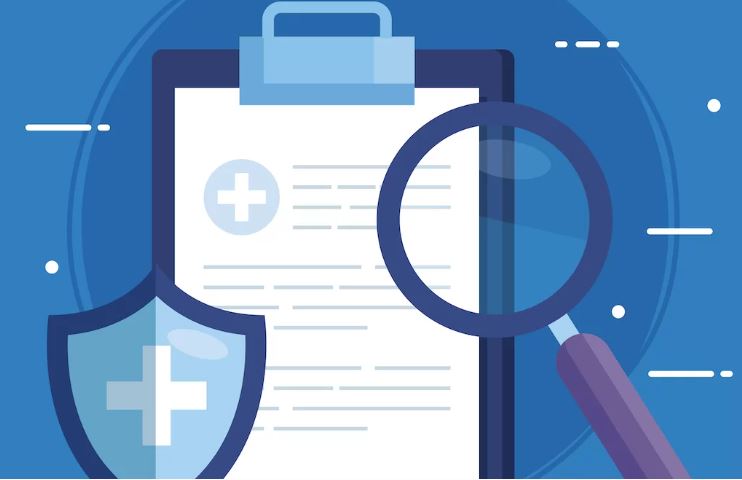
Now more than ever, a need for a truly effective Medical Billing/Case Management software system has reared its head to medical practices across the nation. Though when looking for the best services, or what may be the best fit, you’ll be bombarded with dozens of software claiming that they are the best. Though how do you know which ones are worth their salt? What services should you look for? Below we’ll discuss the most important features to look into.
1. What to Look for in Billing?
Charges for medical treatments are coded and processed by doctors and administrative staff when patients receive treatment. They’re then sent to insurance companies to see whether or not they’re covered. Medical billing services analyze both electronic and physical data to determine what patients owe and what costs are covered by the insurance companies and what they will reimburse. They handle billing and issue invoices to patients and insurance companies to ensure that they pay their fair share of the costs. Some medical expenses are covered by Medicare, Medicaid, and state-sponsored programs.
Billing may be streamlined from start to finish, and billing records can be kept in one handy digital location. From a centralized interface, send out invoices electronically, patiently remind patients to pay off services, as well as provide a simple and convenient way for the patients to pay their invoices. If a claim is denied or a patient can not pay, you’ll need collection and denial management features, keep that in mind when shopping for the best service.
Another critical feature of medical case management software is the ability to provide easy superbills. When you use the services of a reputable medical case management software, you no longer need to rely on a non-customizable paper version of your Superbills. Your practice can personalize forms to represent the services each consumer receives more accurately.
If your business has multiple doctors, each one can use their own personalized charge slip forms for online processing. These features are critical and should be included in any case management system worth their salt.
2. What to Look for in Scheduling Services?
It’s a rare day when you use someone uses a physical calendar to schedule their daily lives, let alone a whole medical practice. After all, they too much time, particularly when it comes to scheduling appointments for healthcare practitioners. Online calendar options with email integrations were developed just for that reason, to save practices precious time.
Even with the upgrades, there were still certain things that could be improved upon. This is where patient scheduling software comes in handy. Patient scheduling software, as the name implies, is an application that assists you in scheduling appointments for your patients.
Though it may appear to be a simple concept, this software has more to it than meets the eye. The way medical offices handle patient records has changed as a result of it. The greatest scheduling software not only displays appointments but also other times when your physicians are unavailable. Color-coding appointments and hectic periods make it easy to see how each day’s schedule will look.
By using a premiere case management software that provides these luxuries, physicians may streamline and simplify their patient scheduling processes. With color-coded scheduling options and automatically-generated appointment reminders, users can manage patients’ and physicians’ schedules all in one neat digital location and reduce prevent and reduce missed appointments.
3. Claims Management and Electronic Remittance
Insurance companies that provide ERA forms help your clinic retain better records. Medical billing software has a feature that allows you to import payment information that has already been submitted. This helps you to keep track of payment details for all of your accounts’ claims.
Patients would not know what they owe and medical facilities would not efficiently be able to collect the payments without an effective medical claim management system.
Everything is easier with a paperless claims processing system; communications aren’t lost in the mail, everyone has access to claim tracking, history, and reconciliations, and everyone can be on the same page. With claim scrubbing and computerized remittance advice and warnings, mistakes can be a thing of the past.
4. How are Security and HIPAA compliance Features Important?
All healthcare solutions must have a strong security architecture. A medical billing system must use strong technical measures such as data encryption in transit and at rest, multi-factor authentication, role-based access control, and more since it has access to sensitive information such as personal and financial data.
A healthcare billing system must also adhere to HIPAA standards, which safeguard the privacy and confidentiality of patient information. Noncompliance can result in severe financial penalties, with fines changing depending on the perceived level of negligence, the length of time a violation lasted, the number of people affected, and other variables.
These fines can be devastating for any practice, they can even shut the entire organization down. The maximum fine for HIPAA violations can range up all the way to $1.5 million dollars. Though possibly even more devastating is how it can impact the trust of your community. Your patients may seek other practices after feeling betrayed by their local doctor’s office not taking their privacy to the utmost importance.
Streamline your workflow so you can focus on what really matters - Helping People.
Schedule an Introductory call with us today!